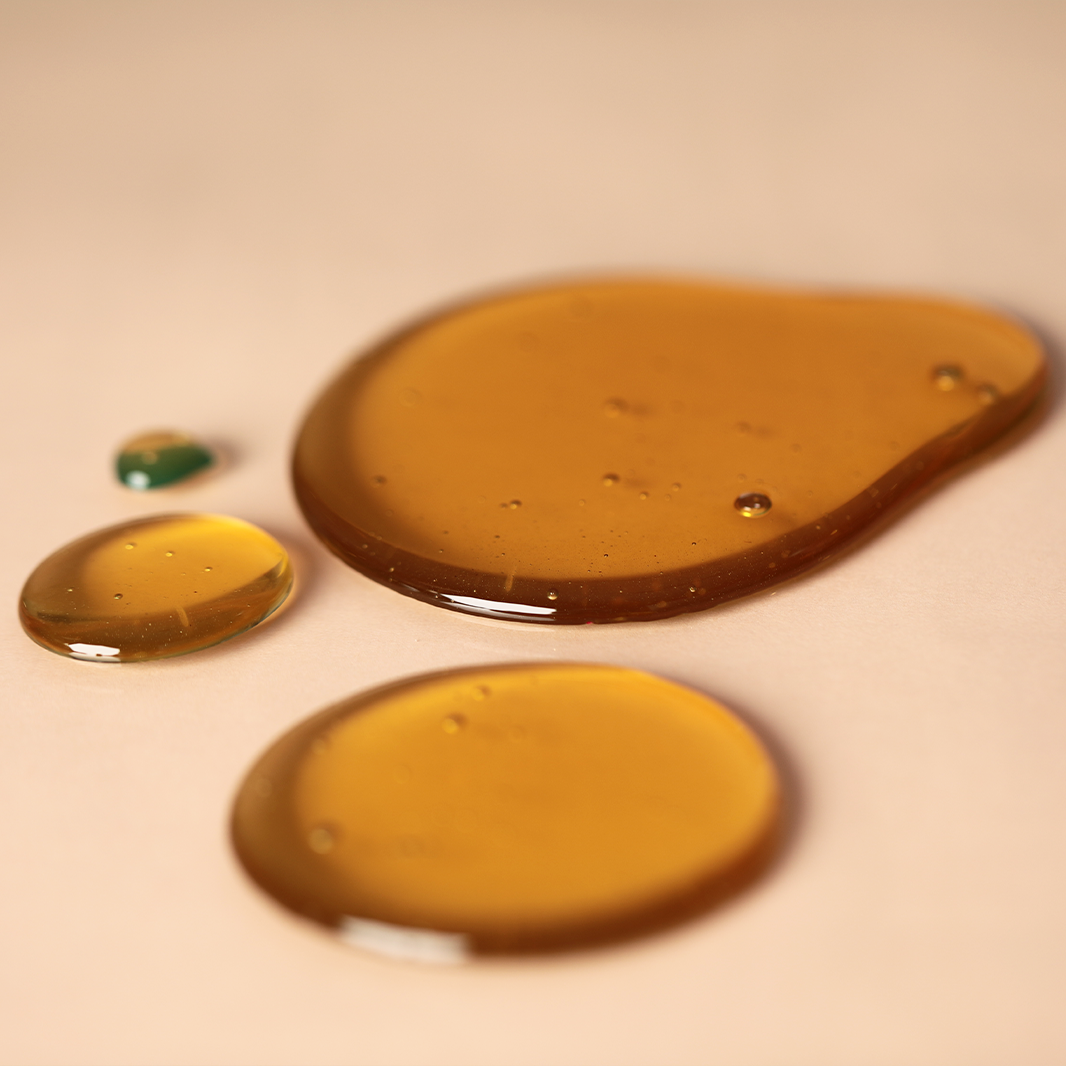Abstract
The angiotensin-converting enzyme (ACE)-related carboxypeptidase, ACE-II, is a type I integral membrane protein of 805 amino acids that contains 1 HEXXH-E zinc binding consensus sequence. ACE-II has been implicated in the regulation of heart function and also as a functional receptor for the coronavirus that causes the severe acute respiratory syndrome (SARS). In this study, the potential of some flavonoids presents in propolis to bind to ACE-II receptors was calculated with in silico. Binding constants of ten flavonoids, caffeic acid, caffeic acid phenethyl ester, chrysin, galangin, myricetin, rutin, hesperetin, pinocembrin, luteolin and quercetin were measured using the AutoDock 4.2 molecular docking program. And also, these binding constants were compared to reference ligand of MLN-4760. The results are shown that rutin has the best inhibition potentials among the studied molecules with high binding energy - 8.04 kcal/mol, and it is followed by myricetin, quercetin, caffeic acid phenethyl ester and hesperetin. However, the reference molecule has binding energy of - 7.24 kcal/mol. In conclusion, the high potential of flavonoids in ethanolic propolis extracts to bind to ACE-II receptors indicates that this natural bee product has high potential for COVID-19 treatment, but this needs to be supported by experimental studies.
Read More: https://pubmed.ncbi.nlm.nih.gov/33950349/






